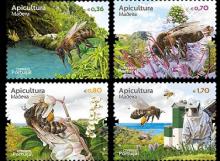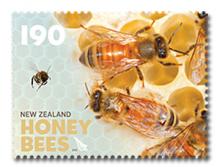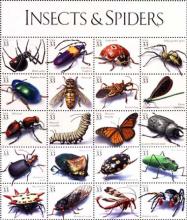
Während das Verbot des Clothianidins ab Dezember 2013 von einer Referentin des BUND als Schritt in die richtige Richtung hingenommen wird, ist es dafür eigentlich schon jetzt viel zu spät. Nach unseren Beobachtungen haben die Einsätze dieses Neonikotinoids seit 2008 durchschlagende verheerende Auswirkungen auf alle Blüten besuchenden Insektenarten (Wildbienen, Hummeln, Wespen, Wanzen, Schmetterlinge, Fliegen, Käfer, ...) gehabt, und das in weiten Teilen der Ebene beiderseits des Oberrheins. Es dürften im Gebiet seither insgesamt an die 1000 Arten schwerstens dezimiert, wenn nicht gar ausgerottet worden sein. Die allermeisten Arten oben genannter Insektenfamilien und -ordnungen, von denen es jetzt (endlich!) in den Blüten auf Wiesen und an Waldrändern nur so wimmeln müsste, sind aus der gesamten Landschaft verschwunden, nahezu alle Blüten – verwaist und leer! Sehr wenige Arten, die bisher die allerhäufigsten waren, sind jetzt höchstens einzeln und zudem sehr selten anzutreffen, alle anderen häufigen und selteneren überhaupt nicht mehr. Die Katastrophe ist also weitaus größer als bisher angenommen und könnte nächstens ungeahnte Auswirkungen in den unterschiedlichsten Biotopen, Pflanzengemeinschaften, Nahrungsketten und im gesamten Ökosystem zeitigen. Die Worte, mit denen unsereins diesen vom Menschen angestifteten Supergau in der Insektenwelt zu beschreiben sucht, können gar nicht drastisch genug sein, um die Bevölkerung über die tatsächlichen Ausmaße und Konsequenzen ins Bild zu setzen: "Landschaftsweise dramatischer Rückgang der Artenvielfalt", genauer: "Beinahe-Totalausfall aller Blüten besuchenden Insektenarten" – das ist die aktuelle hiesige Situation, auch in den Naturschutzgebieten auf der badischen und elsässischen Rheinseite, mit der wir fortan alle irgendwie weiterleben müssen, ob wir Insekten mögen oder nicht.










